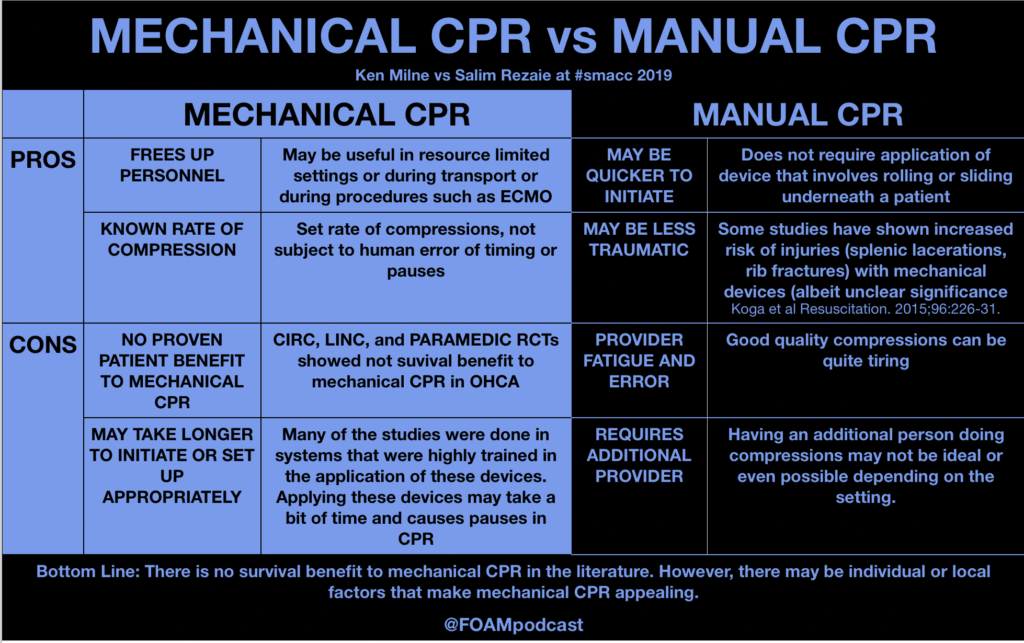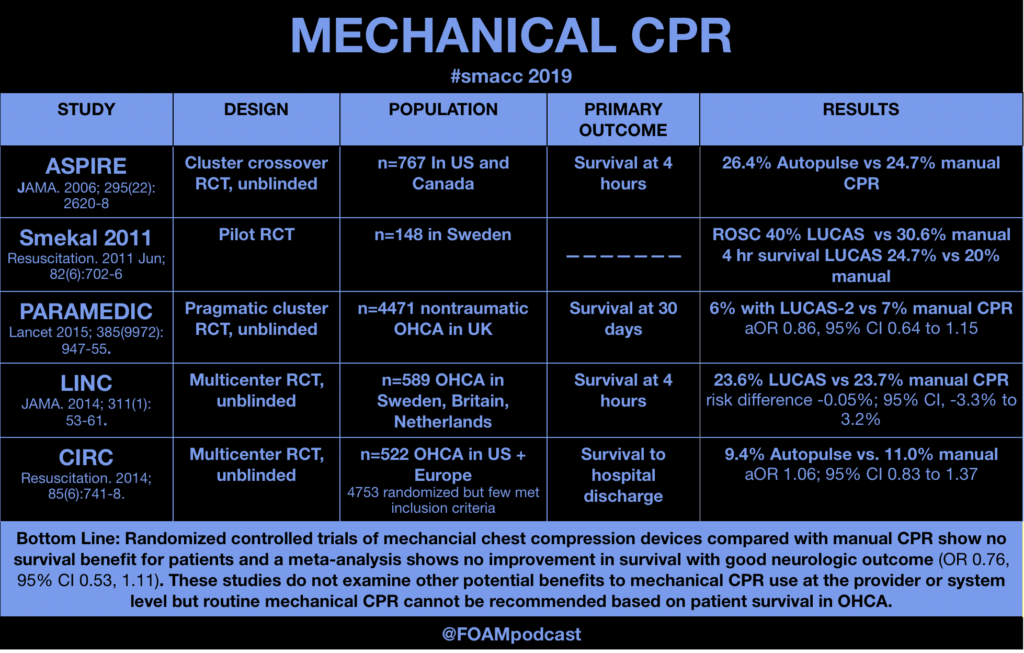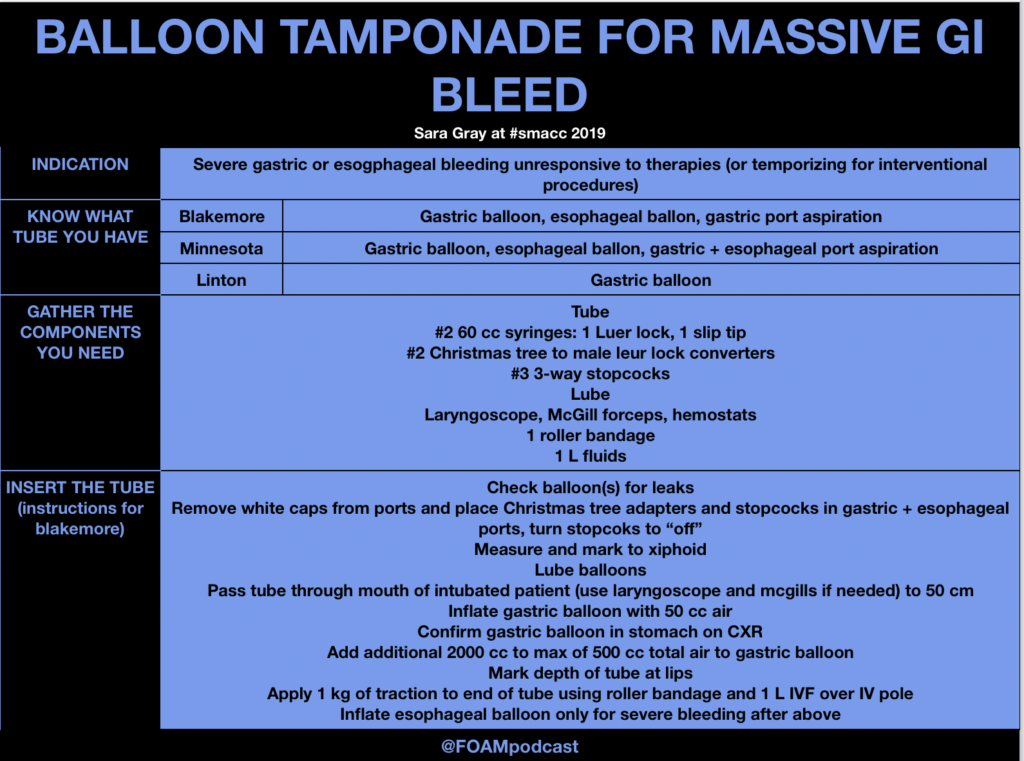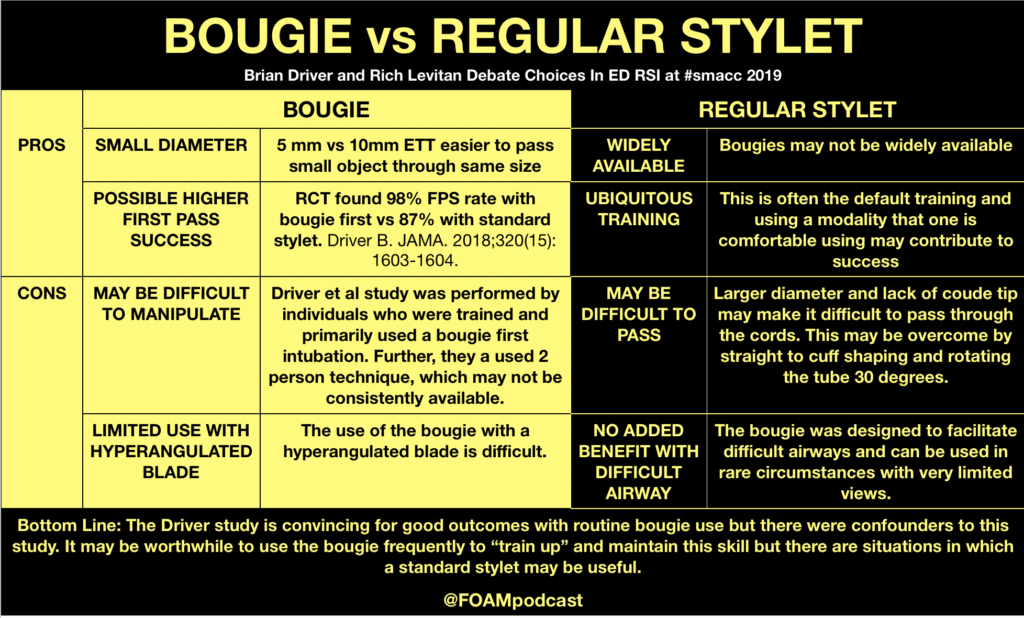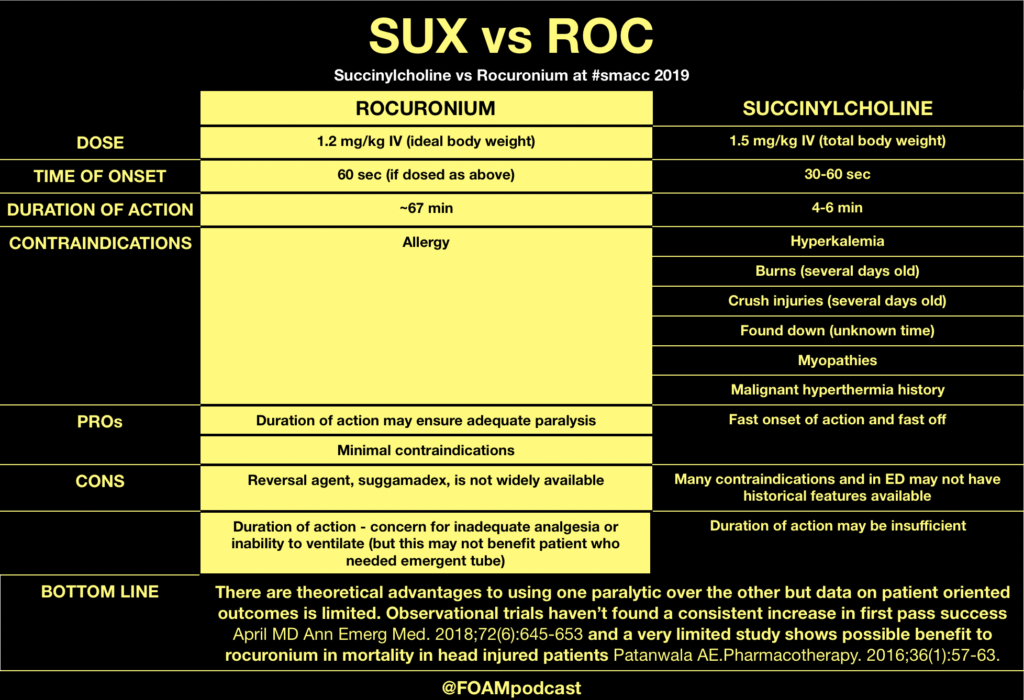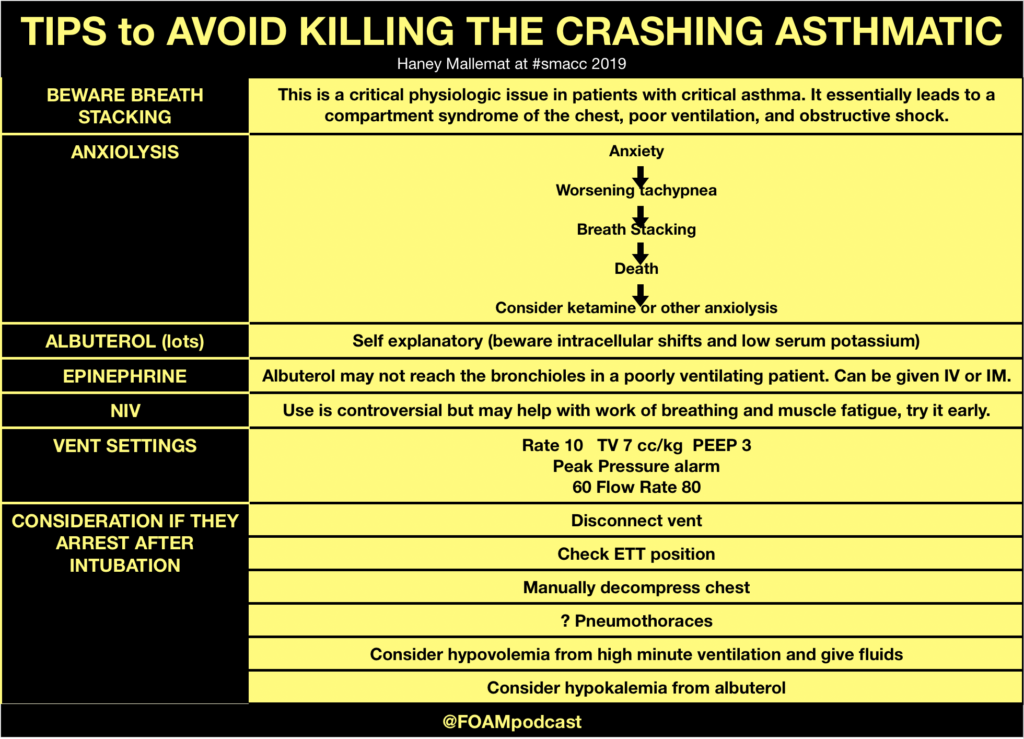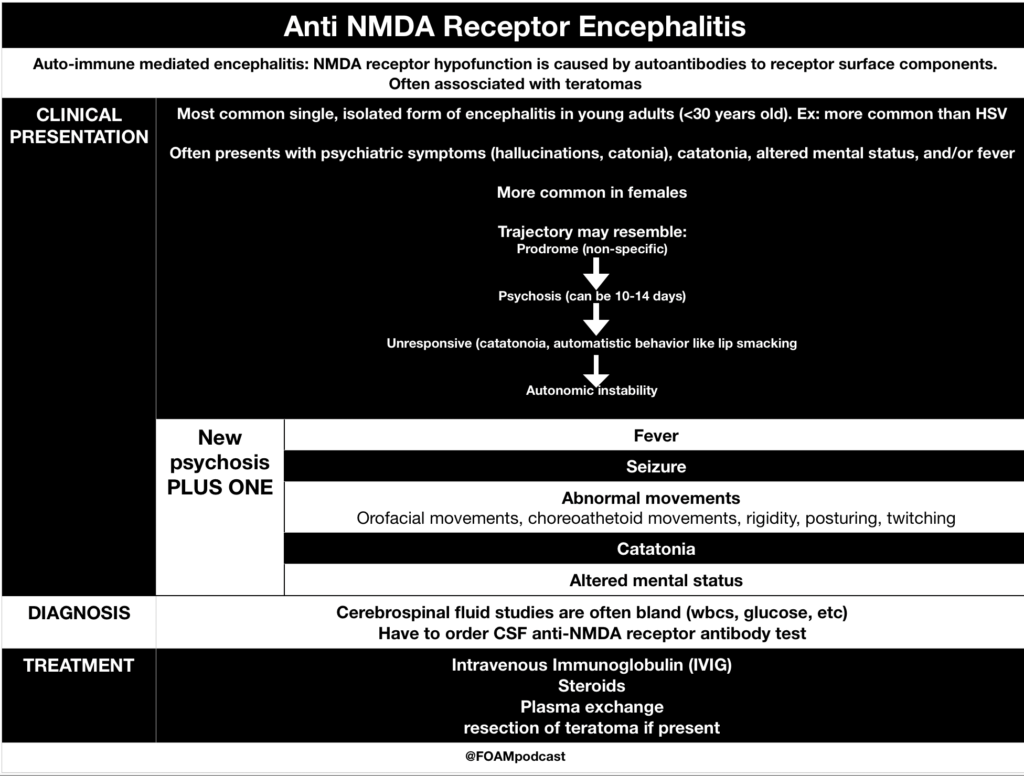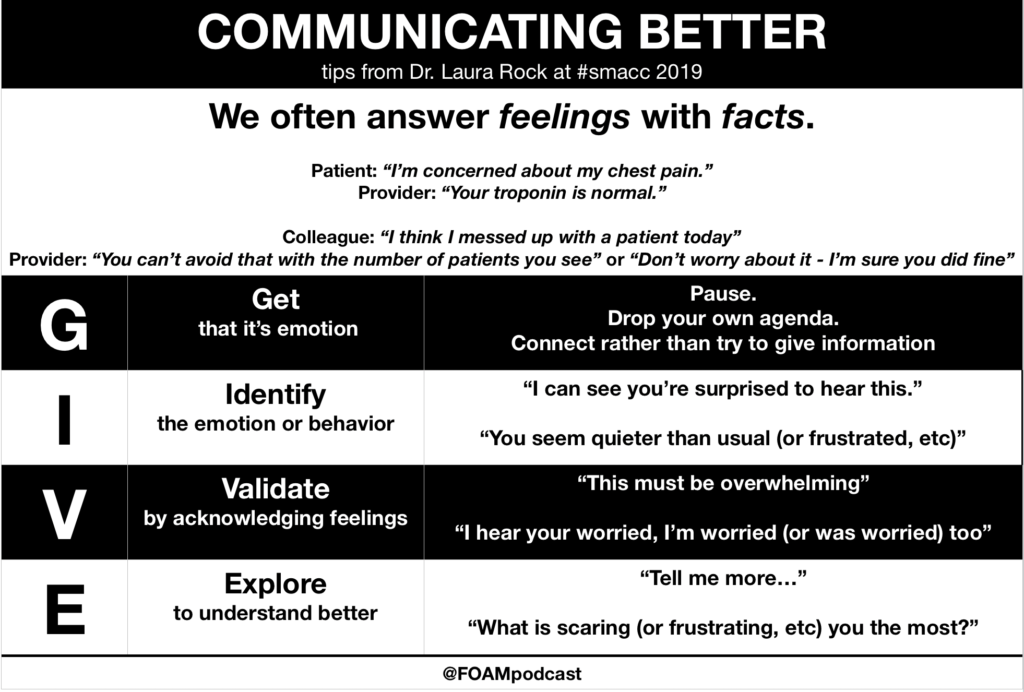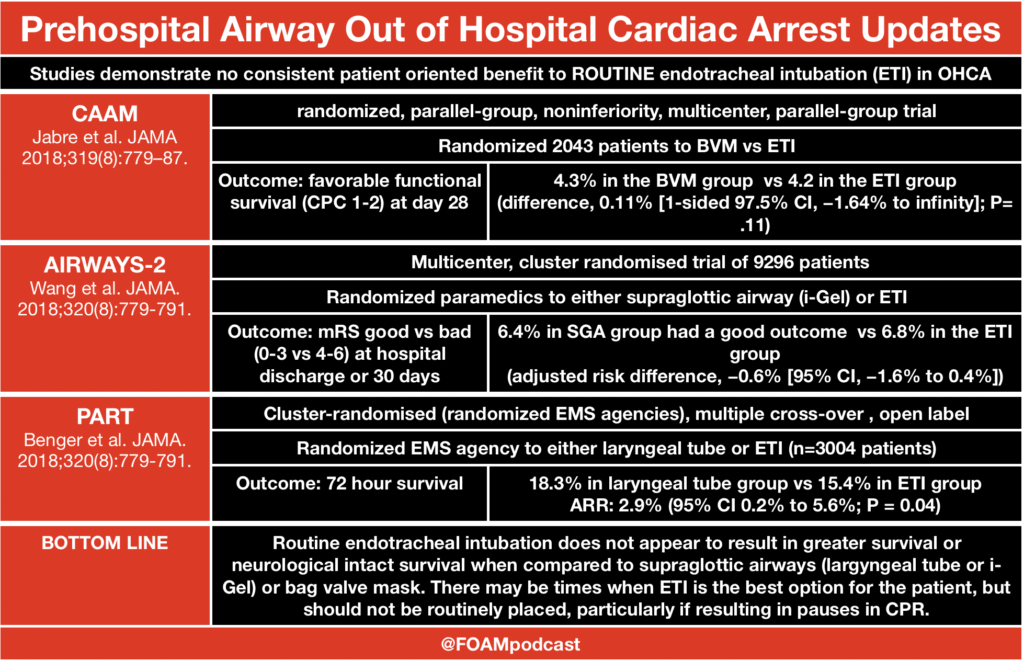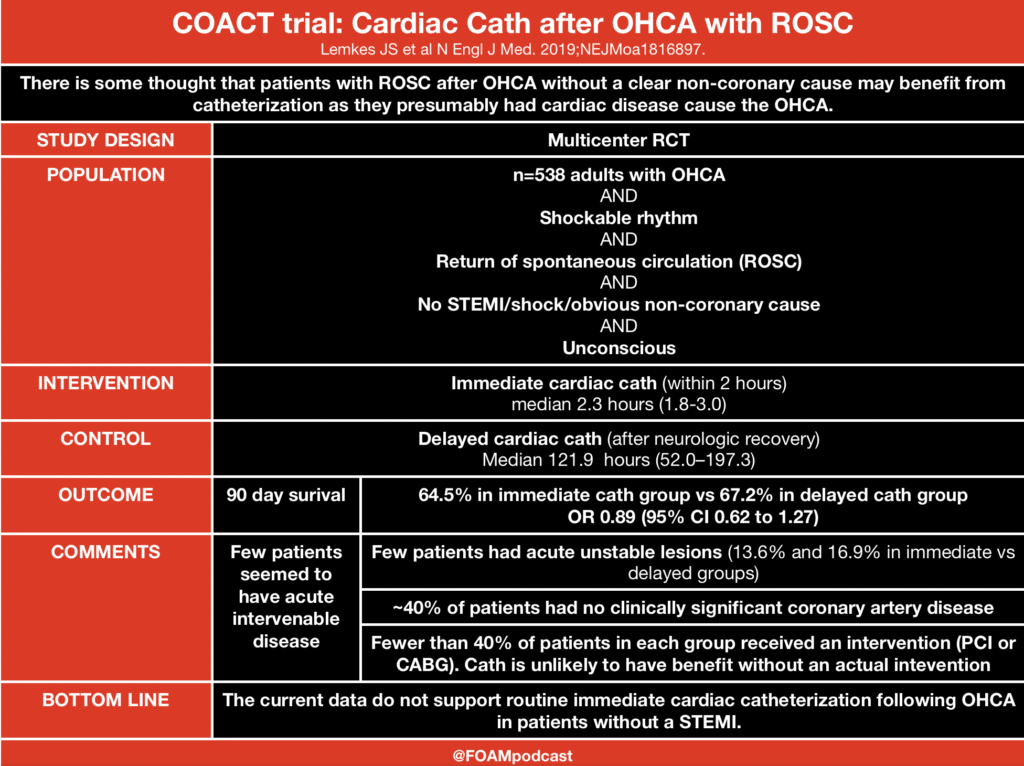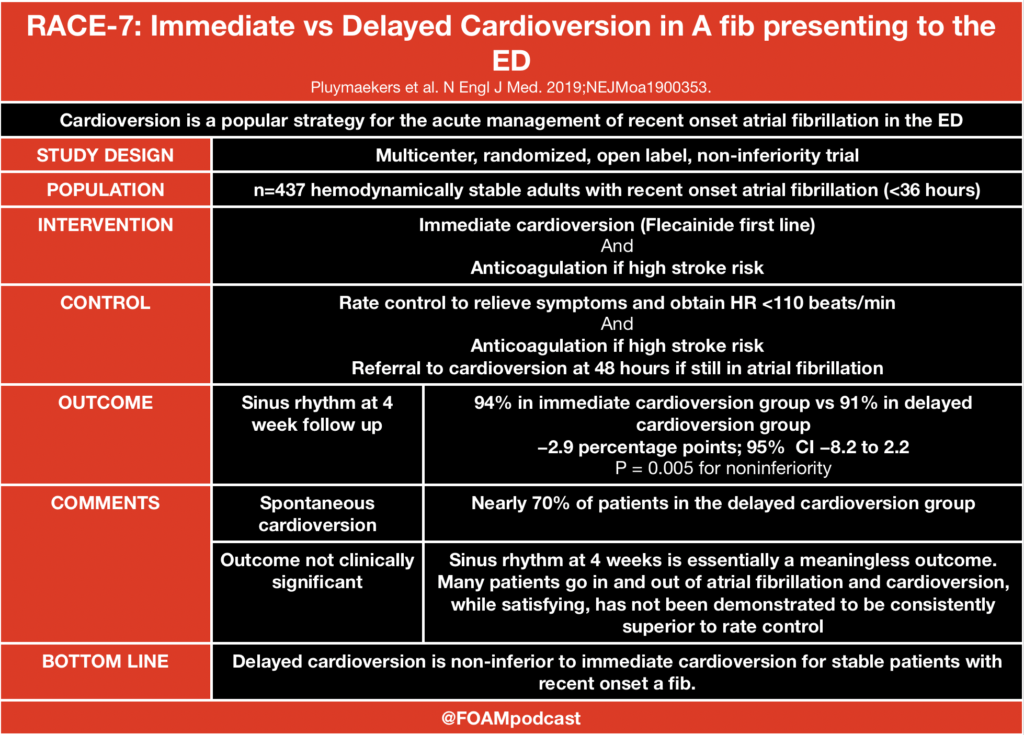We are at #SMACC in Sydney, Australia, thanks to the Rosh Review, delivering updates from the conference to your earbuds.
Mechanical CPR vs Manual CPR – Ken Milne vs Salim Rezaie
- Perkins GD, Lall R, Quinn T, et al. Mechanical versus manual chest compression for out-of-hospital cardiac arrest (PARAMEDIC): a pragmatic, cluster randomised controlled trial. Lancet (London, England). 2015; 385(9972):947-55. [pubmed]
- Rubertsson S, Lindgren E, Smekal D, et al. Mechanical chest compressions and simultaneous defibrillation vs conventional cardiopulmonary resuscitation in out-of-hospital cardiac arrest: the LINC randomized trial. JAMA. 2014; 311(1):53-61. [pubmed]
- Wik L, Olsen JA, Persse D. Manual vs. integrated automatic load-distributing band CPR with equal survival after out of hospital cardiac arrest. The randomized CIRC trial. Resuscitation. 2014; 85(6):741-8. [pubmed]
- Gates S, Quinn T, Deakin CD, Blair L, Couper K, Perkins GD. Mechanical chest compression for out of hospital cardiac arrest: Systematic review and meta-analysis. Resuscitation. 2015;94:91-7. [pubmed]
Massive GI Bleed and Balloon Tamponade – Dr. Sara Gray
Blakemore, Linton, and Minnesota Tube Review Video
Advocacy in Emergency Medicine – Esther Choo and Hugh Montgomery
Dr. Choo spoke about how she became an advocate and helped start TIMES UP HEALTHCARE. Check out her NEJM perspective article.
Hugh Montgomery spoke on ways to motivate individuals to change behavior by appealing to emotional aspects.
